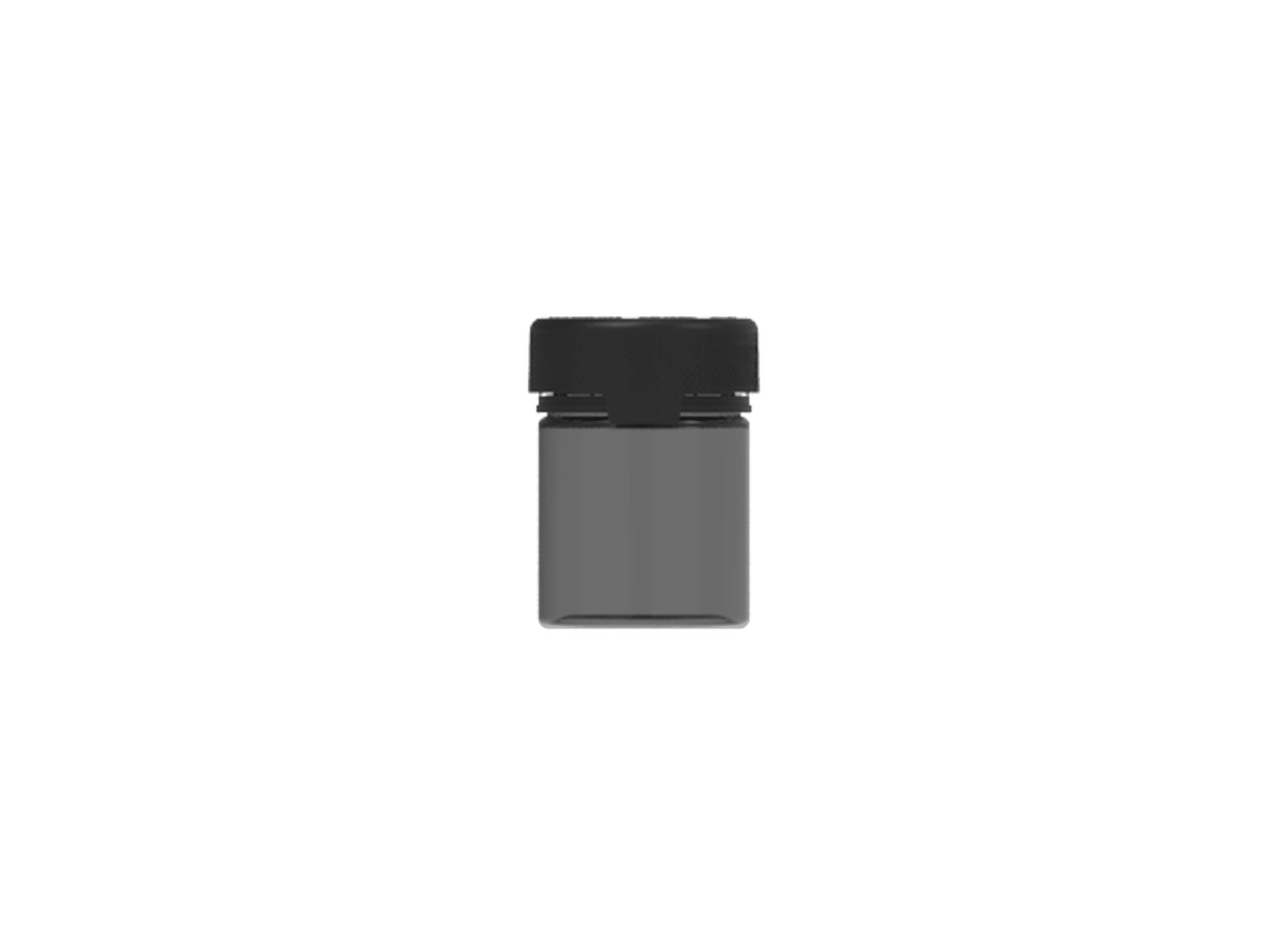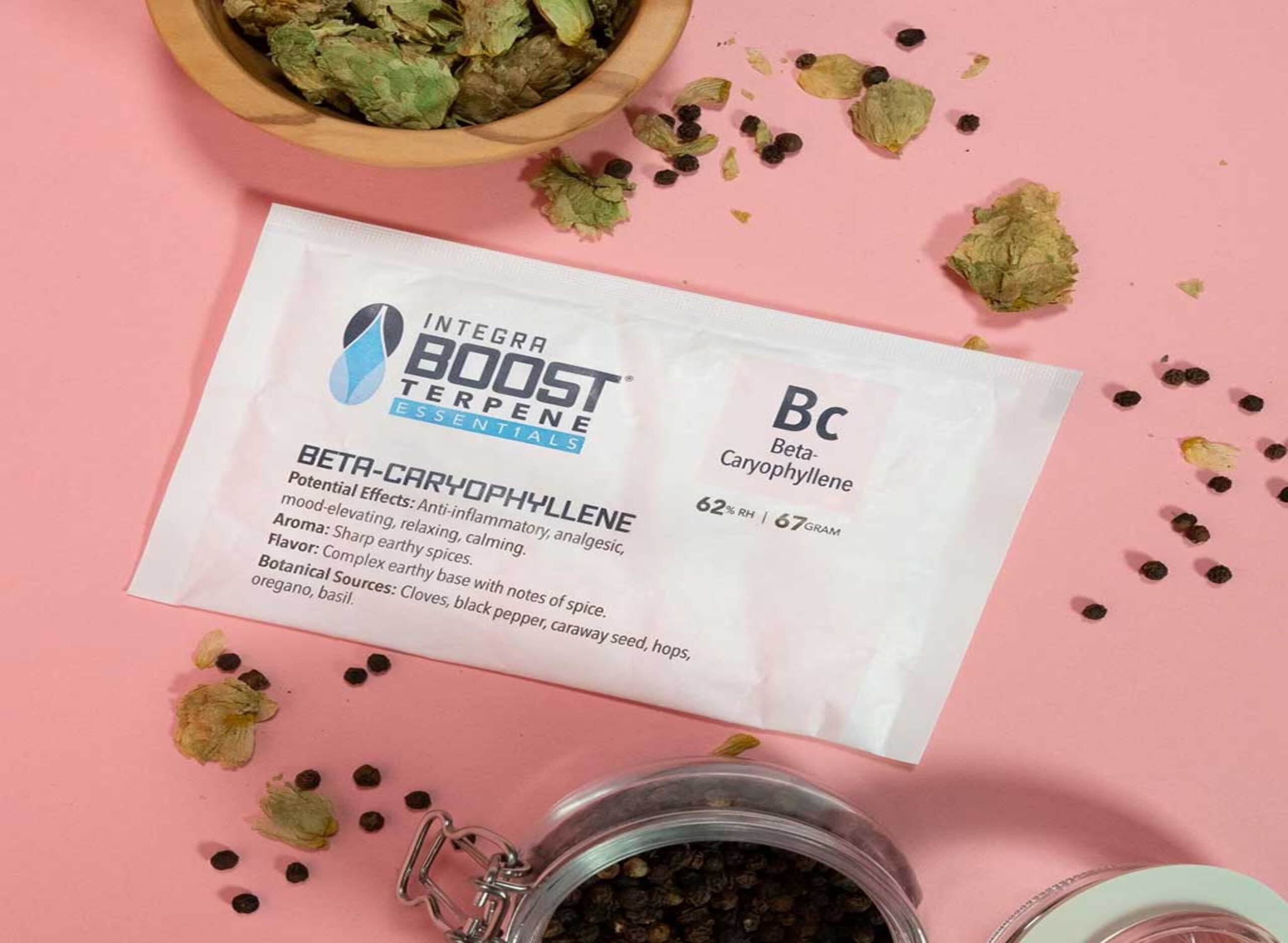Table of Contents
- Packaging as an Educational Tool for Cannabis Retail
- Design Elements That Enhance Budtender Efficiency
- Information Hierarchy: Organizing Details for Quick Reference
- Balancing Compliance Requirements with Educational Value
- Packaging Formats That Excel in Retail Environments
- Implementation Strategies for Brands and Dispensaries
In the rapidly evolving cannabis industry, packaging serves a crucial dual purpose: meeting regulatory requirements and educating both budtenders and consumers. Well-designed packaging can significantly reduce training time for retail staff while improving the accuracy of product recommendations. This guide explores how strategic packaging choices can streamline the educational process in dispensary settings.
Packaging as an Educational Tool for Cannabis Retail
Effective cannabis packaging functions as a silent educator on the dispensary floor. According to research on packaging design's impact on sales, products with clear, educational elements on their packaging can see up to 25% higher sell-through rates compared to those with minimal information.
Budtenders rely heavily on packaging to quickly access key product details when assisting customers. When information is clearly presented, it reduces the cognitive load on staff and allows for more confident, accurate recommendations.
The Budtender Knowledge Gap
Even experienced budtenders cannot memorize details for hundreds of products. Smart packaging bridges this knowledge gap by providing instant access to critical information like:
- Cannabinoid profiles and percentages
- Dominant terpenes and their effects
- Recommended usage methods
- Expected onset time and duration
- Product-specific warnings or best practices
Design Elements That Enhance Budtender Efficiency
Several specific design elements can dramatically improve how quickly budtenders can access and relay information:
Color Coding Systems
Implementing consistent color systems across product lines helps budtenders quickly identify product categories. For example:
- Green for sativa-dominant products
- Purple for indica-dominant products
- Blue for high-CBD formulations
- Yellow for balanced THC:CBD ratios
This visual shorthand allows for rapid product identification even from a distance or in busy retail environments.
Information Hierarchy: Organizing Details for Quick Reference
How information is organized on packaging directly impacts how quickly budtenders can locate relevant details. The most effective hierarchy follows this pattern:
- Primary identification (strain name, product type) in largest font
- Key differentiators (THC/CBD percentages, dominant effect) in second-largest font
- Supporting information (terpene profiles, grow methods) in smaller text
- Regulatory information and barcodes in smallest, but still legible text
Many successful brands use specialized packaging formats like these eighth bags that feature designated information zones, making it easier for budtenders to quickly locate specific details while assisting customers.
Balancing Compliance Requirements with Educational Value
Regulatory requirements often consume significant packaging real estate. The challenge lies in integrating mandatory warnings and information without sacrificing educational content. In-store labeling requirements vary by state, but several strategies can help balance compliance with education:
Smart Label Design
Using expandable labels, peel-back designs, or booklet labels can effectively double or triple available information space without increasing package size. This allows brands to include both required regulatory text and educational content.
Standardized Icons
Developing a consistent icon system for effects, consumption methods, and warnings can convey information quickly while conserving space. When these icons are standardized across products, budtenders learn to interpret them at a glance.
Packaging Formats That Excel in Retail Environments
Certain packaging formats naturally lend themselves to better educational experiences in dispensary settings:
Display-Ready Packaging
Packaging designed to stand upright or stack neatly on shelves allows budtenders to quickly scan available products. Research comparing bulk and single-serve packaging shows that display-oriented designs can reduce transaction times by making product selection more efficient.
Interactive Elements
Packaging with interactive features like scratch-and-sniff terpene samples, transparency windows, or augmented reality components creates engagement opportunities that reinforce product knowledge for both budtenders and customers.
When considering how packaging integrates with store aesthetics, brands should ensure their educational elements remain consistent with the dispensary's overall design language and customer experience goals.
Implementation Strategies for Brands and Dispensaries
For cannabis brands looking to optimize their packaging for budtender education, consider these implementation approaches:
- Develop a consistent information architecture across all product lines
- Create budtender-specific quick reference guides that mirror packaging information
- Incorporate QR codes linking to detailed digital information
- Design packaging with consideration for how products will be stored and displayed
- Collect feedback from budtenders about what information they find most valuable
Dispensaries can support these efforts by implementing inventory management systems that complement packaging information and by providing supplemental training that builds on the foundation established by product packaging.
By thoughtfully designing packaging with budtender education in mind, brands can reduce training burdens on retail partners while improving the quality of customer interactions. This investment in educational packaging ultimately translates to stronger brand loyalty, higher sales, and a more informed cannabis community.











Leave a comment
All comments are moderated before being published.
This site is protected by hCaptcha and the hCaptcha Privacy Policy and Terms of Service apply.